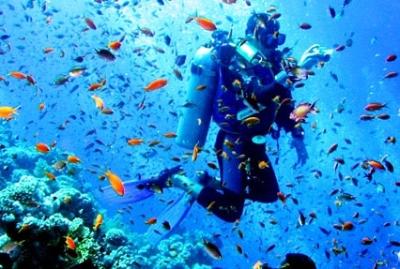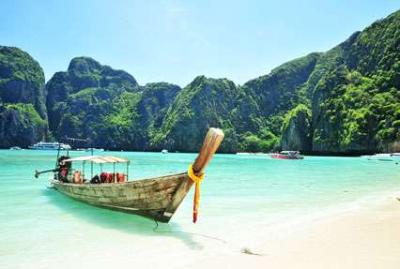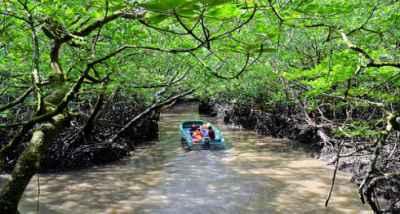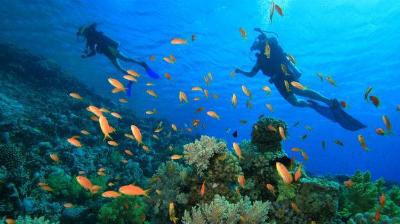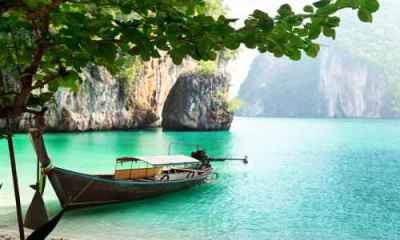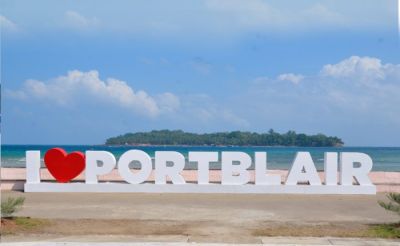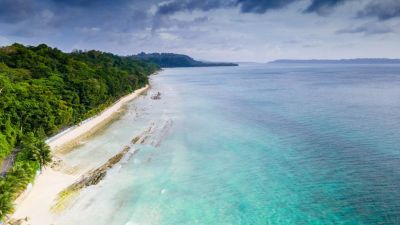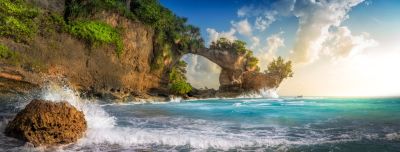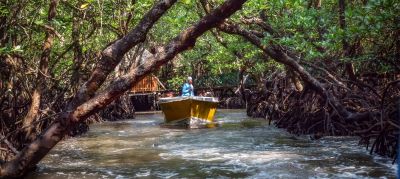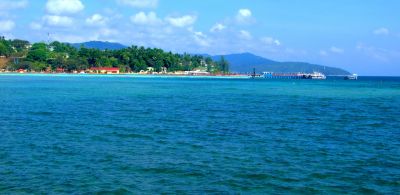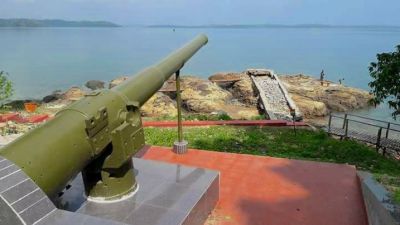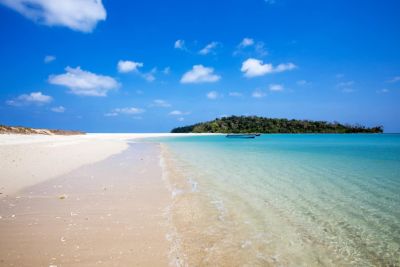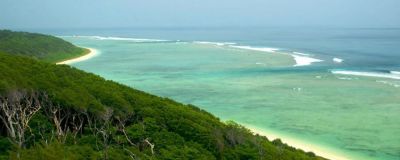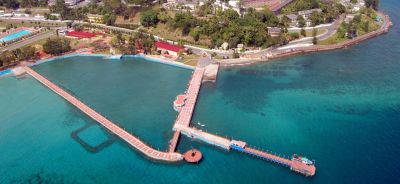Tribals of Andaman and Nicobar Island
Andaman and Nicobar Islands, located in the Bay of Bengal, are not just known for their pristine beaches and crystal-clear waters, but also for their rich cultural heritage. One of the most intriguing aspects of the islands is the presence of various tribal communities that have inhabited the region for centuries. These tribes have managed to preserve their distinct cultures and traditions in the face of modernization, making them a fascinating subject of study for anthropologists and tourists alike.
Tribal Communities of Andaman and Nicobar Islands
The Andaman and Nicobar Islands are home to six indigenous tribes - the Great Andamanese, Onge, Jarawa, Sentinalese, Nicobarese, and Shompen. Each of these tribes has its own language, customs, and way of life, making them unique and distinct from one another.
The Great Andamanese tribe, once the largest tribe in the region, has dwindled in numbers over the years due to diseases and other factors. The Onge tribe, known for their hunting and gathering skills, have also faced challenges to their way of life due to modernization.
The Jarawa tribe, who live in the forests of South Andaman, have had limited contact with the outside world and prefer to maintain their isolation. The Sentinalese tribe, perhaps the most isolated tribe in the world, fiercely protect their territory from outsiders.
The Nicobarese tribe, residing in the Nicobar Islands, are known for their intricate handicrafts and agriculture practices. The Shompen tribe, found in the Great Nicobar Island, have a unique culture that sets them apart from the other tribes in the region.
Preservation of Tribal Culture
Efforts are being made by the government and various NGOs to protect and preserve the culture and way of life of these indigenous tribes. Strict regulations have been put in place to restrict access to tribal areas in order to prevent outside interference and to safeguard the tribes from exploitation.
Education and healthcare initiatives have also been implemented to improve the quality of life for tribal communities while also respecting their traditions and beliefs. Eco-tourism projects have been introduced to provide sustainable livelihood options for the tribes without compromising their cultural integrity.
Visiting Tribal Areas
While the Andaman and Nicobar Islands are a popular tourist destination, it is important to remember that the tribal communities are not tourist attractions. It is crucial to respect their privacy and rights by not intruding into their territories or attempting to make contact with them.
Visitors to the islands can learn about the tribal cultures through documentaries, museums, and cultural programs that are conducted with the consent and participation of the tribes. Local guides and experts can provide valuable insights into the history and traditions of the indigenous communities.
Conclusion
The tribal communities of Andaman and Nicobar Islands are a testament to the diversity and resilience of Indian culture. By respecting and honoring their traditions, we can learn valuable lessons about conservation, sustainability, and coexistence with nature. Visiting the islands offers a unique opportunity to appreciate the rich tapestry of human diversity that exists in our world.
Share this post with your friends and family to spread awareness about the fascinating tribal communities of Andaman and Nicobar Islands!
Disclaimer : The information provided in this blog is for general informational purposes only. While we strive to keep the content accurate and updated, TravelSetu assumes no liability for errors or omissions. If you believe any part of this blog infringes your rights or causes concern, please notify us immediately at info[at]travelsetu[dot]com so that appropriate action can be taken.
